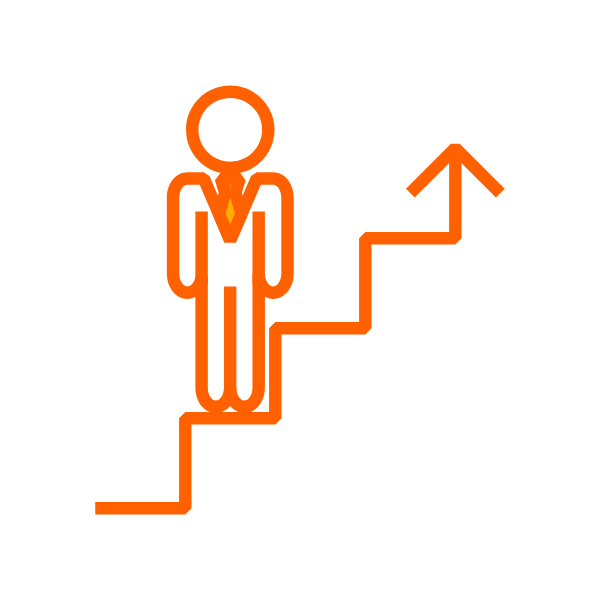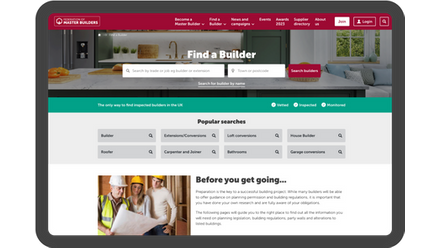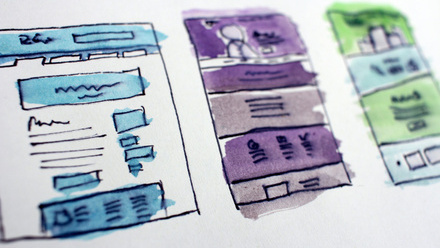Conversion top tips for 2021
How to broker support and generate income
Struggling to persuade, nudge and convert? Your approach to CRO needs an overhaul.
This blog paraphrases content from our brand new guide to Always-On Conversion; "Can we convert you?". Coming soon...
If you found this blog via our social media, or by revisiting our website - Thanks! You just improved our conversion rate.
Calculating conversion rate is simple, right? Let’s say you have a small ecommerce site receiving 100 visits a month, leading to 2 purchases, resulting in a 2% conversion rate.
However, often people take several weeks or even months to convert, and this is certainly true for member organisations, so we need to find ways to track across campaigns.
In a broader sense, conversions aren't just about money. Often, they’re directly tied to changing what people feel and know about your organisation and offering, as well as how they transact with you. However, these conversions are notoriously hard (and often expensive) to fully assess.
You can swiftly improve the resonance of your digital communications if you use this model effectively. Here’s how:
Know
Get to the point - what does a potential conversion need to know? This will differ depending on the context, and how engaged they already are with your organisation.
Feel
Show users you care about their needs. This appeals to human nature, which wants to be in control of making decisions and creating its own buy-in.
Do
Be clear about what you want people to do next. Once someone has decided to convert, the tools to implement this change should be right there for them.
This communicative framework goes beyond marketing strategy and CRO. Apply it well, and you’ll have developed a working understanding of the focal tenets of behavioural communication.

Insight generation involves thinking broadly and contextually about your research. For membership organisations, considering what point members are on their journey and considering their motivation to respond is key to successful conversion.
Developing successful CRO processes involves hypothesising, experimenting, and reviewing your results... usually multiple times.
Once you've formed a decent hypothesis, you can move onto the experiment phase. A/B split, multivariate, and tree testing are all common experiments used to user-test the impact of changing variables on conversion.
Consider this example below taken from the Webby Awards homepage. The photo subject is facing the camera, with an ambiguous facial expression - this can be powerful as users tend to interpret ambiguity in a way that resonates with them personally.


It’s not always about winning…
...so don’t shy away from trying new things! CRO is predominantly trial and error. In an organisational culture obsessed with “quick wins”, you need to remember that learning by doing is just as important.









